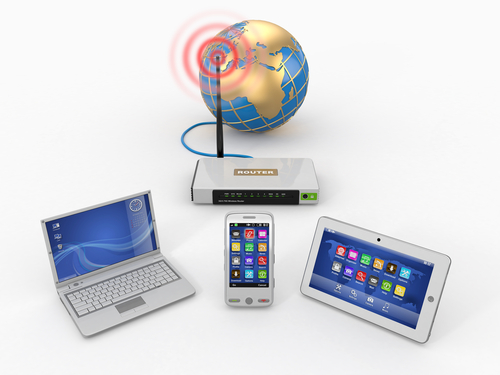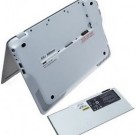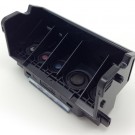Tips and Tricks for Troubleshooting Your Home Networks
A slow connection and interruptions in transmission are just a few of the many problems that one faces with the Internet these days. With the rapid increase in functionality these days, and a gradual comprehension of its operation by the people, such problems are inevitable. We’ve gone from merely browsing and sending emails, to streaming HD videos and playing multiplayer online games, within no time at all.
Considering the frequency of such conundrums, solutions for them are found practically everywhere you look. If it isn’t being spelled out for you online, then the information is imparted via pamphlets or through word of mouth. However, what one rarely tells you is what to do if you can’t even get the Internet to function in the first place.

It’s a frustrating situation, when you invest in an Internet connection that ceases to function after a while for no apparent reason. It doesn’t help matters much either, when your consistent calls to tech support are of absolutely no help, shedding no light on the problem at hand whatsoever. Your only solution is to do it yourself now, but you’ve had no formal training in this matter, so you’re unsure of how to go about it.
Rest assured, the process isn’t as complicated as it may appear. A basic understanding of the world of computers in itself will be sufficient.
So how do you go about fixing the problem?
- Check your connection
First things first, disable your firewall before you embark upon fixing your connection. Next, check your cable connection to ensure that they’re properly plugged in. To stay on the safe side, unplug them all and plug it back in after about 15-30 seconds. Listen carefully for the click that it will make upon being correctly plugged in. After that, restart your device, your modem and your router.
- Determine the problem
If restarting your device didn’t help, slow down and try to determine the problem before trying out various solutions. Is your device connected but unable to access the Internet? Then it’s may be a DNS problem. Is everyone else able to detect the network except you? You may need to check your computer settings. Or, are you simply facing hardware issues? The solutions are all available, but only if you know what to look for.
- Connected but no access
After restarting the device, your modem and your router and it still fails to connect to the Internet, try to connect without using the router. Disconnect the modem for a few seconds, and plug it in again. If this does work, it simply means the problem is with your router and may need to be tended to.
- Hardware issues
If everyone but you is able to detect the network, then you may have a problem with your hardware. You may not be able to fix the hardware on your own of course. Let’s leave that for the professionals. However, sometimes the hardware may still be operational but the issue may be with a driver. You can repair that simply by updating it through the website of the manufacturer, the Device Manager, or even through a driver updater.
If everything else fails and you’re still unable to figure out a solution to your problem, don’t give up on tech support just yet. You may need their help after all.
This is a guest post by Tina Reeves. She is a writer who writes more about digital cable and high speed internet. You can get more information about cox tv if you visit the site.





